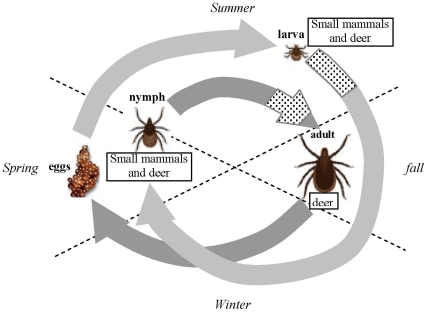Figure 1. The typical life cycle of the black-legged or deer tick (Ixodes scapularis).
The light grey arrows represent the first year, and the dark grey arrows indicate the second year. The dotted areas on the arrows indicate the time period where two cohorts can overlap. Larvae emerge in mid to late summer and quest for 3–4 months and then moult followed by diapause in fall until next spring. The nymphs emerge in late spring and quest for 3–4 months before they moult into adults in fall. The adults emerge in fall and quest until late spring except during the coldest months when they undergo diapause. The larvae and nymphs usually feed on small mammals, mainly rodents, for blood meals, while the adults feed on larger mammals such as deer. The figure is based on Fig. 1 in [34]. Temporal dynamics of the tick and host populations from a typical run of the model is presented in Fig. S1.

